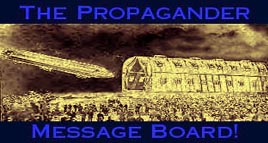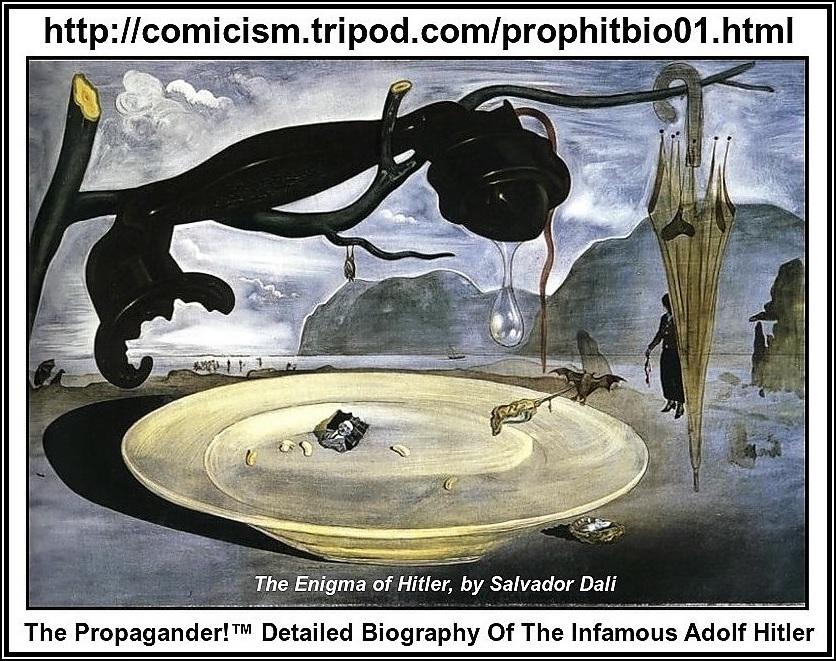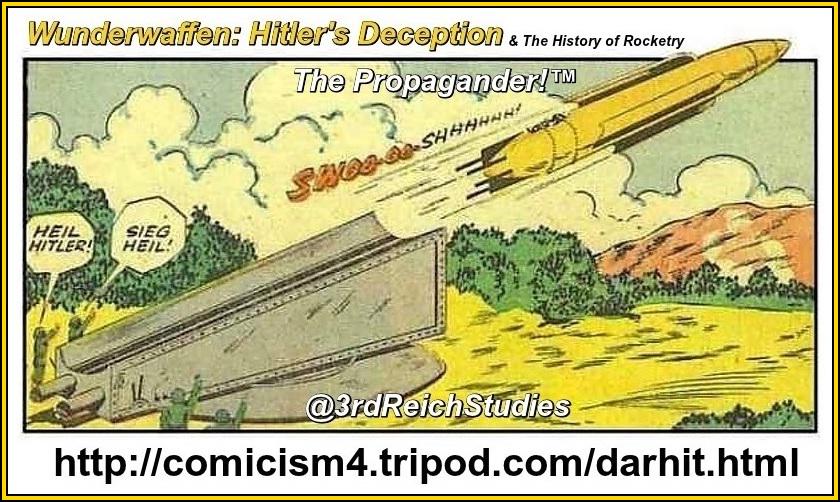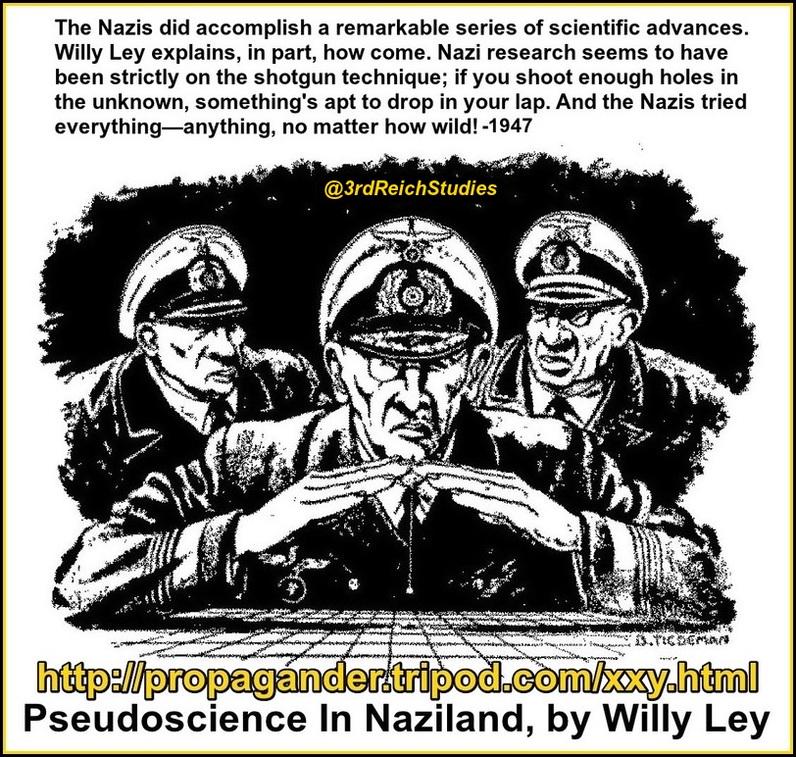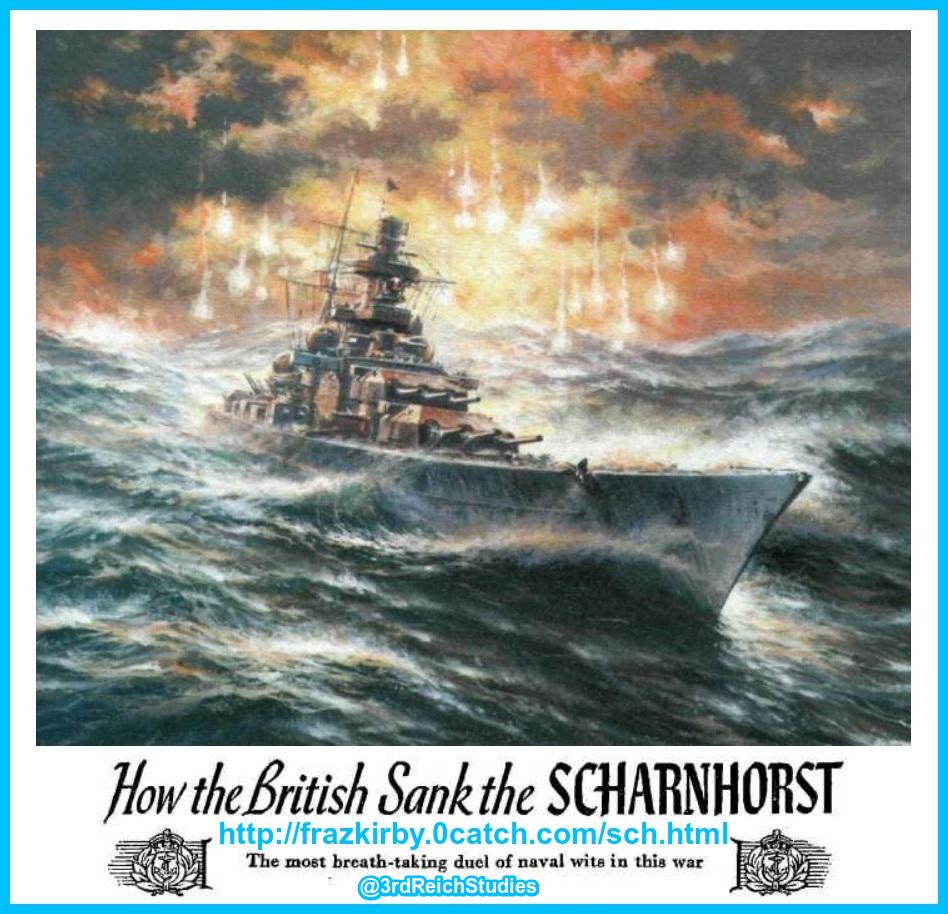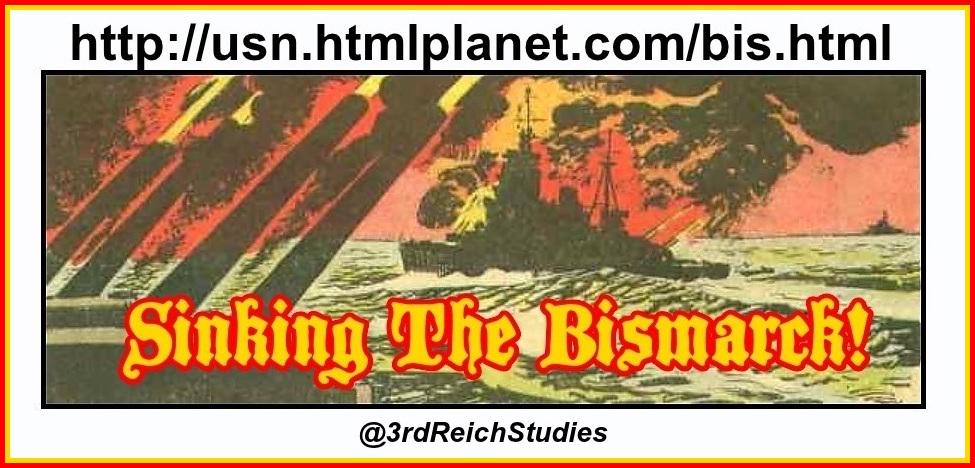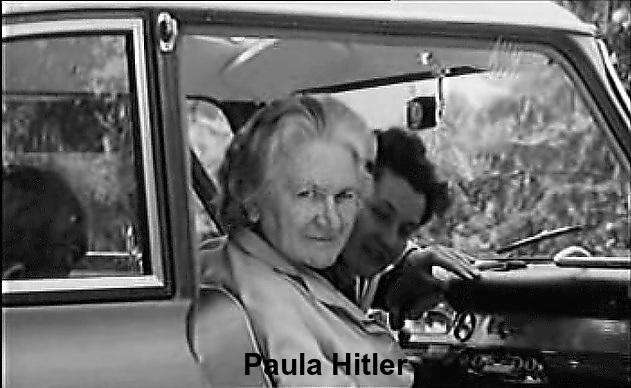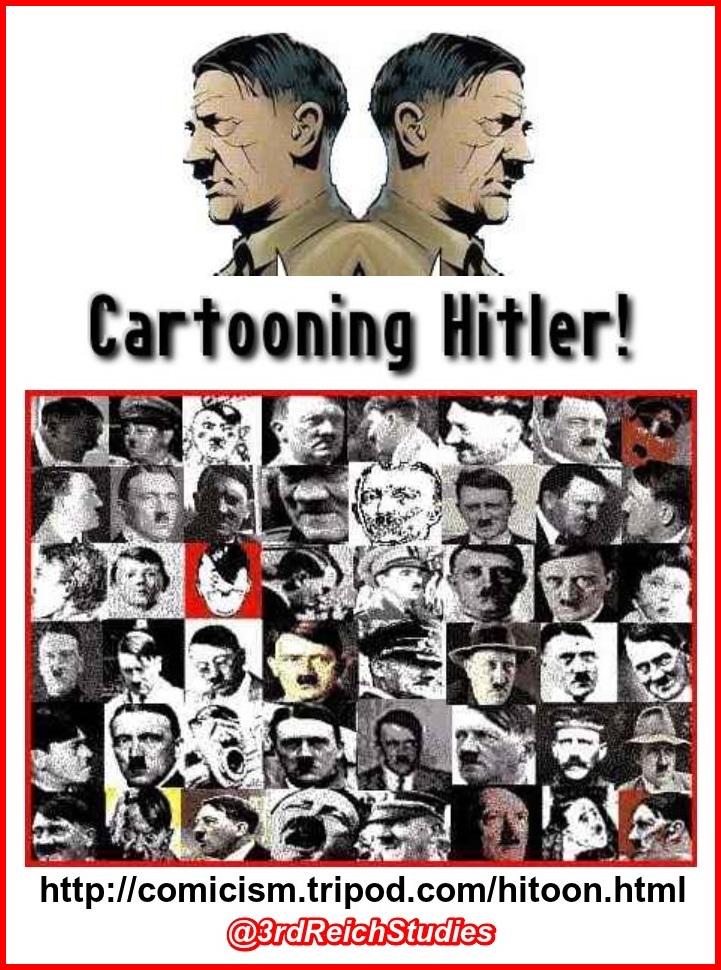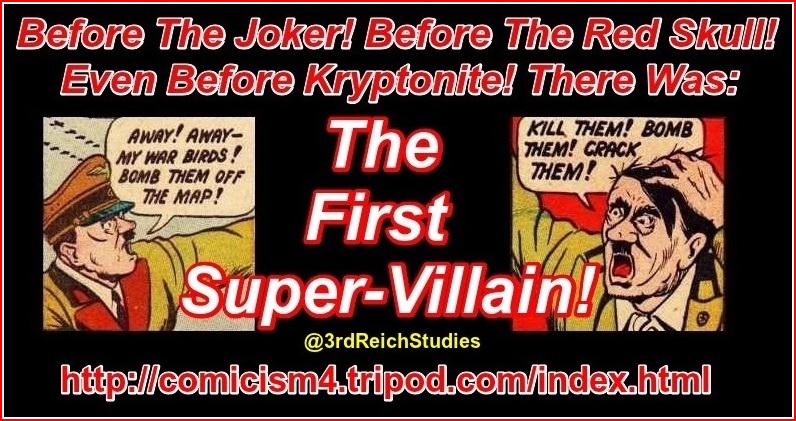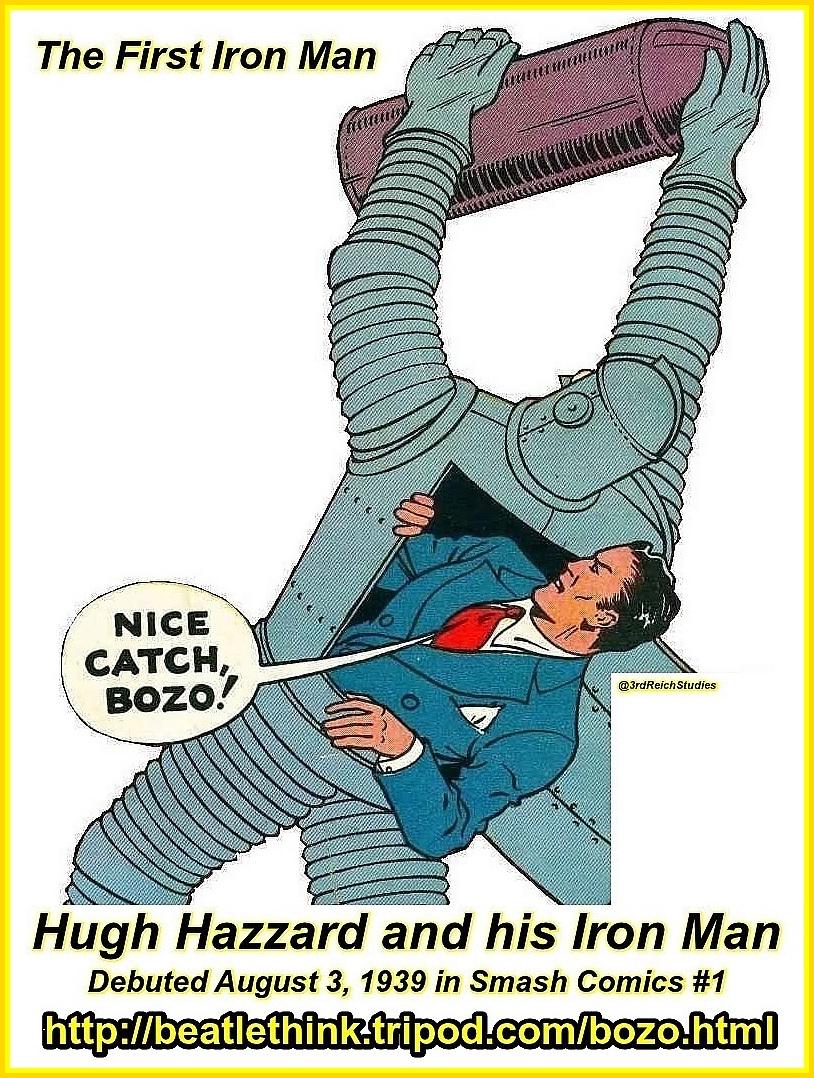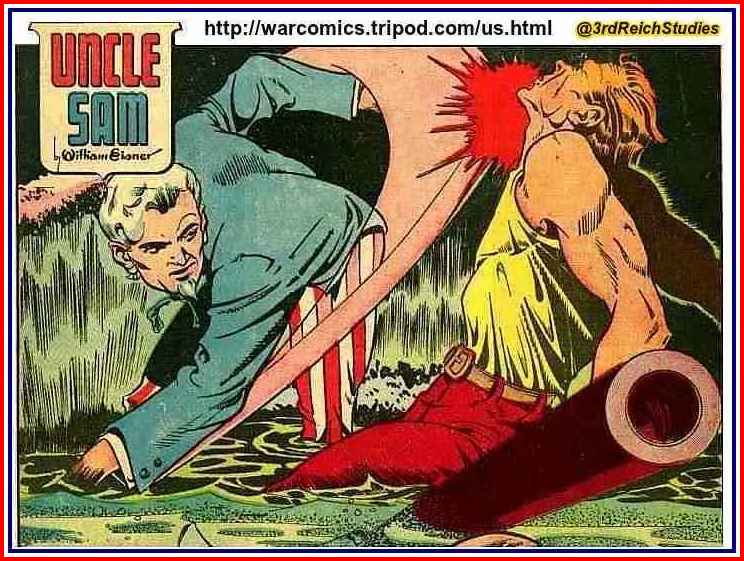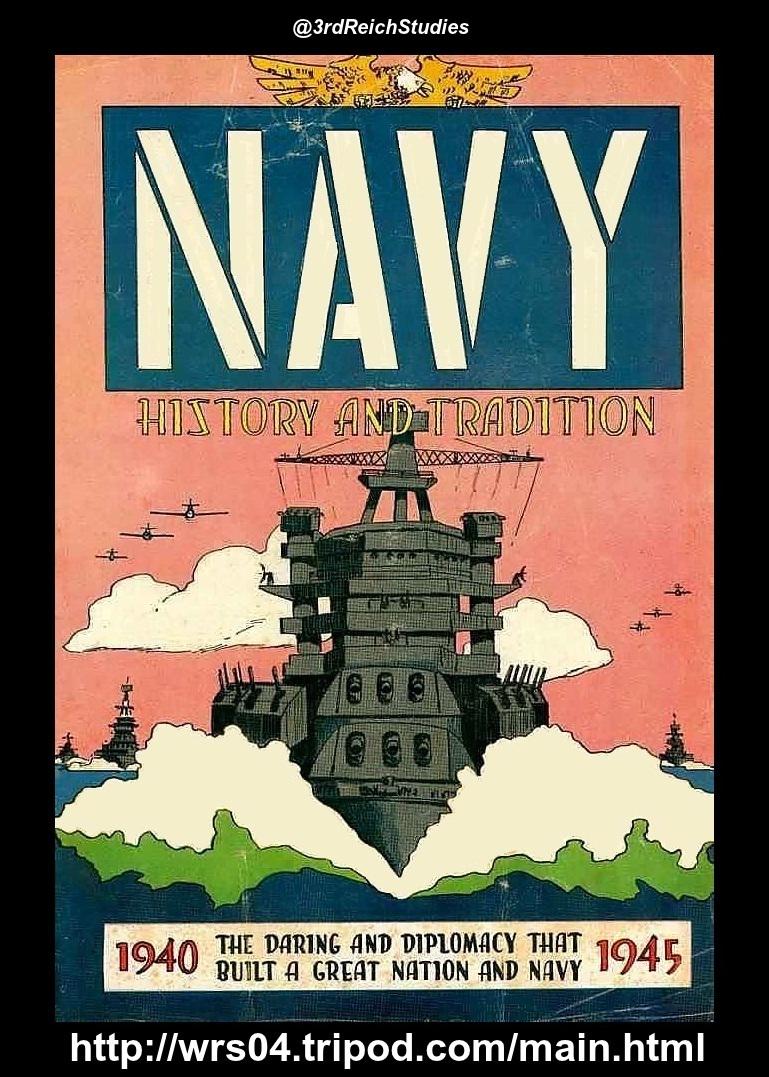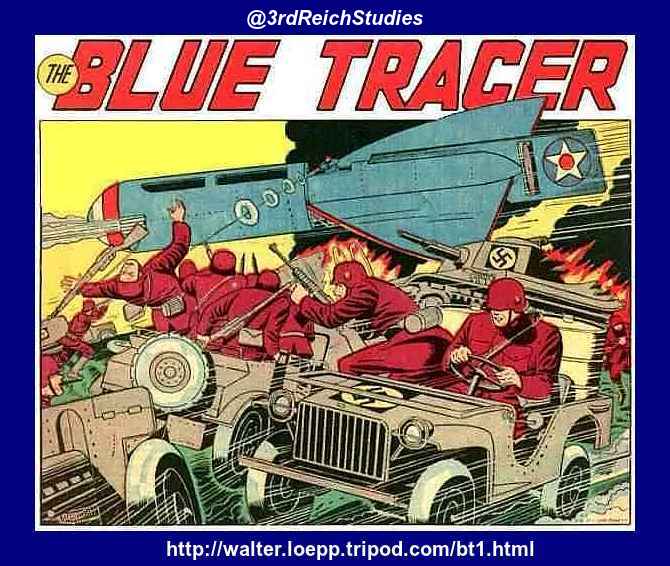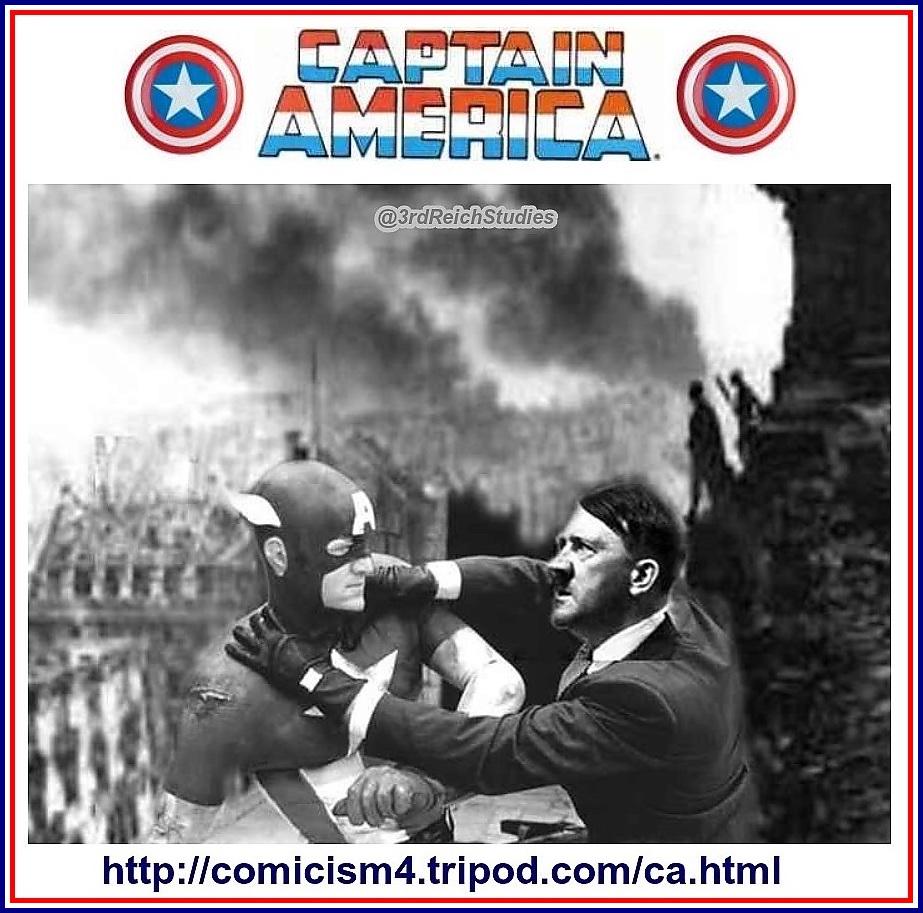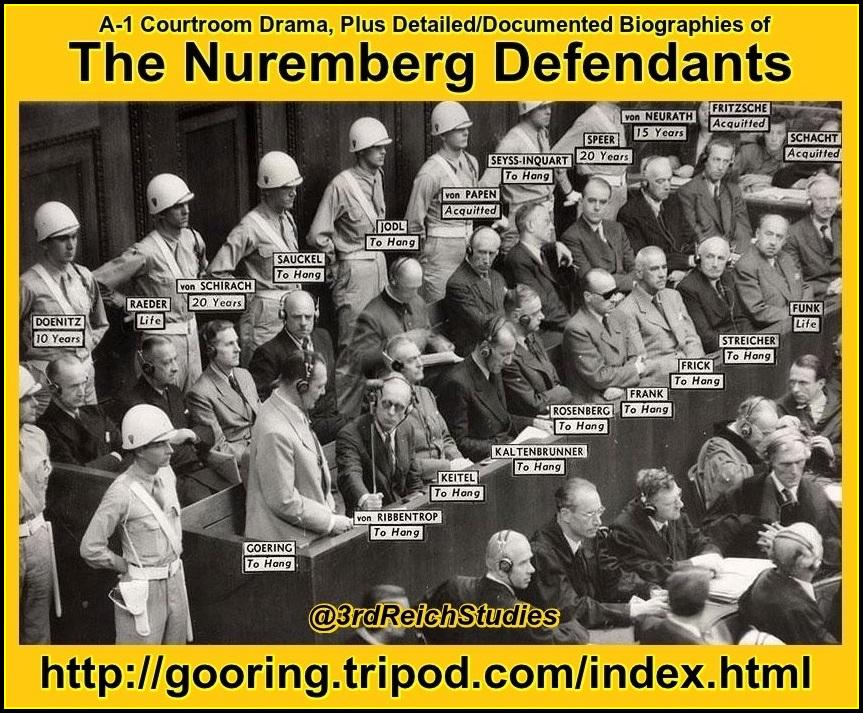In the US, it is commonly held that the events of December 7, 1941, the day that will live in infamy, changed the world forever by forcing a reluctant America—the champion of Democracy for all peoples—to abandon its isolationist past and enter the world stage as a selfless, moderating influence in a world of corrupt empires and dictatorships. This is predominantly a right-wing fairy tale, though it is accepted as gospel by those whose knowledge of history does not go beyond the mandatory public school curriculum, and is given lip-service by cable talking-heads, most successful politicians of all stripes, and other obfuscating simplifiers whose livelihood depends on appealing to the lowest common denominator.
The problem with this ideological construct is the unfortunate effect such history has on current debates concerning war, peace, climate, etc. The fact is that one can only avoid repeating the mistakes of the past by first recognizing the mistakes that were made and learning the appropriate lessons. The ultra-nationalist cowboy ideology of American Exceptualism does not accept the possibility that a righteous America has ever made any errors whatsoever. This sort of thinking leads to repeating such mistakes as, for example, involving ourselves in supporting corrupt regimes engaged in intractable civil wars halfway across the globe. Vietnam becomes Afghanistan through ignorance born of one-dimensional history.
There is another view—commonly held by those whose incomplete public-school education has been supplemented by the unbalanced reading of expose journalism, spurious web sites, and cable documentaries—expressing the view that America is a Great Satan flogging the world with the Almighty Dollar and forcing such things as Democracy and Christian Values on the helpless poor of the earth. Another partial fairy tale, of course, but quite handy as a rationale for anti-Americanism, both internal and external.
The problem with this America Last approach is that it figuratively binds the hands of the giant at a time when his strength and leadership is sorely needed. I personally find a weak and vacillating American foreign policy almost as repulsive as the cowboy foreign policy, but neither extreme is healthy for the US or the rest of the world. Balanced history is essential for the effective foreign policy necessary for the advancement of our collective civilization.
Not only are such idealized and polarized views false history, but they overlook the real story, an epic tale of human exploration and passion leading to the self-discovery and the uneven maturation of two nations quite representative of the human spirit. Of all those involved in this centuries-spanning narrative, perhaps Teddy Roosevelt is the most representative American in that he took that hill in Cuba AND mediated a peace resulting in the Treaty of Portsmouth with equal flair and enthusiasm. The Nobel Peace Prize decorating the same chest as medals for bravery in combat is, in my view, the very epitome of the human spirit.
On the other side, Admiral Yamamoto formulated a bold and daring plan of desperation with full knowledge that it would ultimately prove an exercise in futility. He was perfectly willing to sacrifice himself in an enterprise designed to preserve the dignity and save face for his people, who were inextricably engaged in an unequal competition. While one could fault the Japanese for being over-ambitious and virulently ethnocentric, their imagination and courage set a standard that is world-class. They were and are a nation of admirable over-achievers.
Should one be bound to either of the extreme views outlined above, one would be compelled to label one of these extraordinary human beings a hero and the other a villain. Either single judgment in either direction would be a disservice to two fine gentlemen and the peoples they represent, in my view. The allure of settling such questions by choosing between black and white ideological dogmas—being a ditto-head in either direction—is obvious. It is intellectually laziness of the most contemptable sort.
Sure, it is an almost impossible task, attempting to analyze all aspects of a historical event. But, I contend, this is the only real way that true understanding of any confusing subject can be gained. By delving into the ambiguities and complexities of the issues involved and formulating a nuanced view encompassing practical judgements and considerations, one can potentially achieve a depth of understanding surpassing the norm. In fact, I would go a step further and claim that without considering every pertinent factor involved, one can not come to actionable and worthwhile conclusions.
This is why the list of sources (below) for this compilation is so eclectic and extensive. They are all needed to illustrate one aspect or another of this complicated tale. Think of the attack on Pearl Harbor as the end result of a session with a Rubrics Cube, where each subsequent move effects all other factors. Three-dimensional thinking is required to determine how the end result occurred. Only by perusal of all historical dimensions can such a multi-dimensional picture emerge, with the end result being a true, functional grasp of the subject. This is what I have attempted with this project, though, as with all such complex subjects, it is not possible to identify and include all pertinent factors. While it is tempting to research perpetually until every possible factor is recorded, it is incumbent upon the researcher to recognize when a critical mass of information has been achieved and give the resultant reaction a healthy half-life in text and picture.
This compilation is a re-launch, with much added material and almost 600 images, many of which I guarantee you've not seen before. This time around, the meticulous Levi Bookin, Copy Editor, has lent his professional skill and aesthetic sensibilities to improving and enhancing the text and appearance of the end-product. My thanks and gratitude for his invaluable assistance can not be over-emphasized. Thanks, Levi.
So, you have a choice; you can either mortgage your home to acquire the funds to order all the material below from Amazon—and then quit your job to have time to read it all—or click the link (it is always good to start at the beginning) and read this distilled and concentrated version. -Copyright © 2008–2009 Wally O'Lepp


Chapters
01: Being an Account of the First of many Contacts between the US and the Isolated Land of Japan, the Birth of the Naval Arm of the Young American Republic, its First and Second Wars against the State Sponsored Terrorism of the Barbary Pirates, the First Stirrings of International Engagement by the Initially Reluctant American's, the War of 1812, and the Struggle for Survival of the Inhabitants of the Islands of Hawaii in a World of many Competing Seafaring Powers.
02: In Which is Related Commodore Matthew Perry's Show of Force in Tokyo Bay, the Opening of Japan to US Trade, the US Campaign against the African Slave Trade, the Birth of the Steam-Powered Ironclad Battleship, Japans War to Expel the Barbarians, the US Marines' Invasion of Hawaii, the First Stirrings of Japanese Military Expansionism, the US Debate over Colonialism, and the Continuing Effort to Expand the Fruits of Yankee Commercial Imperialism around the Globe.
03: Being a Faithful Record of the Proclaiming of Hawaii as a Republic, the First Sino-Japanese War, Remembering the Main and the Spanish-American War, the Japanese Sneak Attack and Defeat of Russia, the Treaty of Portsmouth, the Birth of the Dreadnought Battleship, the High-Level Debate over American Imperialism, the US Acquisition of Hawaii, Cuba, Guam, the Philippines, and Puerto Rico, and the Continuing Defense of American Interests Everywhere.
04: Being a True Narrative of Events including World War One, the Japanese Victory over the German settlement at Tsingtao, China, Subsequent Japanese Demands on Chinese Sovereignty, the Battle of Jutland, the Treaty of Versailles and the League of Nations, the May Fourth Movement, the Mandate System, the Multinational Intervention in Russia, the Rise of Hirohito, the Five-Power Treaty, the US anti-Japanese Immigration Phenomenon, the Japanese Invasion of Manchuria, the Lytton Report, Hitler's Seizure of Power in Germany, the Election of FDR as US President, and the Origins of the Long-Term Decline of US-Japanese Relations.
05: In Which is Told Facts Relating to Such Occurrences as Japan Quitting the League of Nations, US Neutrality Acts, the Usurpation of Power by the Japanese Military, the London Agreement, the US Merchant Marine Act, the Reactionary America Firsters, the Marco Polo Bridge Incident, the Anti-Comintern Pact, the Panay Incident, the Anschluss, the Munich Conference, the Pact of Steel, and the Nazi Invasion of Poland.
06: Continuing a Reliable Recitation of Events concerning World War Two, Nazi Submarine Warfare, the Attack on Scapa Flow, the Further Decline of US-Japanese Relations, and the Winter War in Finland.
07: In Which the US Fleet Transfers its Headquarters to Pearl Harbor, the Nazis Invade Western Europe, the Battle of Britain is Fought, Japan's Purple Code is Compromised, the US trades Destroyers for Bases, the Tripartite Pact is Signed, US-Japanese Relations Plunge, Italy Invades Greece, the Battle of Taranto Occurs, the Lend-Lease Bill happens, the Martin-Bellinger Report is Ignored, the Sinking Bismarck Bubbles, and Admiral Yamamoto Formulates a Game-Changing Plan.
08: Being a Compilation of Documentation Encompassing Operation Barbarossa, Rare Japanese Diary Excerpts, the US anti-Japanese Oil Embargo, the Atlantic Charter, the Siege of Leningrad, Pertinent Purple Transcripts, and the Progress of Comprehensive US-Japanese Negotiations.
09: In Which Approaching Winds Foretell Hirohito's War Blessings, General Winter Wilts the Wehrmarcht, US-Japanese Talks Intensify, Tojo Rises, War Warnings are Issued, and Japanese Naval Training Exercises Achieve Optimal Standards.
10: Being a Further Exposé of Occurrences as Japan's Submarines Get Underway, the Diplomats Dither, the First Air Fleet Task Force Departs, and the Final Order to Attack is Given.
11: In Which Japan's Spies in Hawaii Scribble Notes, MacArthur Snores, the Task Force Steams, Ciano Snorts, the Enterprise and Lexington Deploy, the Diplomats Delay, and Pearl Harbor Sleeps.
Sources
(Baldwin) The Crucial Years, 1939-1941. H. W. Baldwin. 1976
(Barnard) Wendell Willkie: Fighter for Freedom. Ellsworth Barnard. 1966
(Behr) Hirohito: Behind the Myth. Edward Behr. 1989
(Benns) Europe: 1914-1939. F. Lee. Benns and Mary Elisabeth Seldon. 1965
(Brands) Bound to Empire: The United States and the Philippines. H. W. Brands. 1992
(Bullock I) Hitler, A Study In Tyranny. Alan Bullock. 1957
(Chekhov) A Journey to Sakhalin. Anton Chekhov. 1895
(Churchill) The Second World War. (6 vols) W. Churchill. 1948-1954
(Civilization) Civilization, Past and Present. Three Volumes. Wallbank, Taylor, etc.
(Clark II) Barbarossa. Alan Clark
(Colville) Winston Churchill and his Inner Circle. John Colville. 1981
(Connaughton) The War of the Rising Sun and the Tumbling Bear: A Military History of the Russo-Japanese War 1904–5. R.M. Connaughton. 1988
(Costello II) Days of Infamy. John Costello. 1994
(Craig) Chôshû in the Meiji Restoration. Albert M. Craig. 2000
(Cullen) A History of Japan, 1582-1941: Internal and External Worlds. L.M. Cullen. 2003
(Daws) Shoal of Time: A History of the Hawaiian Islands. G. Daws. 1974
(Deutsher) Stalin: a Political Biography. I. Deutsher. 1966
(Gannon) Operation Drumbeat: U-Boat Attacks Along the American Coast. M. Gannon. 1990
(Gentry) J. Edgar Hoover: The Man and the Secrets. Curt Gentry. 1993
(Gill) The League of Nations from 1929 to 1946: George Gill. 1996
(Gleason) The Undeclared War. William L Langer, S. Everett Gleason. 1953
(Goldstein) The Pearl Harbor Papers. Goldstein & Dillon. 1993
(GPO I) Naval Documents Related to the United States Wars with the Barbary Powers. Washington, D.C. Government Printing Office. 1942
(GPO II) Peace and War: United States Foreign Policy, 1931-1941. Washington, D.C. U.S., Government Printing Office. 1943
(Harriman) Special Envoy to Churchill and Stalin, 1941-1946. W. A. Harriman. 1975
(Hendrickson) The Spanish-American War. Kenneth E. Hendrickson Jr. 2003
(Hill) War at Sea in the Ironclad Age. Richard Hill. 2002
(Hittell) History of California. Theodore Henry Hittell. 1885
(Hough II) Dreadnought: A History of the Modern Battleship. Richard Hough. 1964
(Hoyt) Yamamoto: The Man Who Planned Pearl Harbor. Edwin P Hoyt. 1990
(Huber) The Revolutionary Origins of Modern Japan. Thomas M. Huber. 1981
(Huntley) Washington Goes to War. David Huntley. 1989
(IMT) Official Transcripts of the International Military Tribunal at Nuremberg. 1945-1946.
(Jane) The Imperial Japanese Navy. Fred T. Jane. 1904
(Jukes) The Russo-Japanese War 1904-1905. Geoffrey Jukes. 2002
(Jenkins III) Churchill: A Biography. R. Jenkins. 2001
(Kajima) The Diplomacy of Japan, 1894-1922. Morinosuke Kajima. 1976
(Kennedy) The Rise And Fall of the Great Powers. Paul Kennedy
(Khrushchev) Khrushchev Remembers. Nikita Khrushchev. 1970
(Kinzer) Overthrow: America's Century of Regime Change from Hawaii to Iraq. Stephen Kinzer. 2007
(Kuykendall) The Hawaiian Kingdom, 1874-1893. R.S. Kuykendall. 1967
(Lash) Roosevelt and Churchill 1939 - 1941. J. P. Lash. 1976
(Lambert) The Barbary Wars: American Independence in the Atlantic World. Frank Lambert. 2005
(Layton) And I Was There: Pearl Harbor and Midway - Breaking the Secrets. Edwin T. Layton. 1985
(LaFeber) The Clash: US-Japanese Relations throughout History. Walter LaFeber. 1997
(Lone) Japan's First Modern War: Army and Society in the Conflict with China, 1894-1895. Stewart Lone. 1994
(Lumian) Living America by Norman C. Lumian. 1970
(Macmillan) The Blast of War: 1939-1945. Harold Macmillan. 1967
(Manchester II) American Ceasar: Douglas MacArthur 1880-1964. W. Manchester. 1978
(Manchester III) The Glory and The Dream. William Manchester. 1974
(Manning) Hirohito: The War Years. Paul Manning. 1989
(McCullough II) Truman, David McCullough. 1993
(Meacham) Franklin and Winston, J. Meacham, 2003
(Niiya) Japanese American History: An A-to-Z Reference from 1868 to the Present. Edited by Brian Niiya. 1993
(Nish) The Origins of the Russo-Japanese War. Ian Nish. 1985
(Oates) With Malice Toward None: The Life of Abraham Lincoln. Stephen B. Oates. 1977
(Olson) Hara Kei: A Political Biography. L. A. Olson. 1954
(Payne) The Life and Death of Adolf Hitler. R. Payne, 1973
(Perkins) The New Age of Franklin Roosevelt. Dexter Perkins. 1964
(Perret) There's a War to be Won: The United States Army in World War II. Geoffrey Perret. 1968
(Perry) Narrative of the expedition of an American Squadron to the China Seas and Japan. Matthew Calbraith Perry. 1856
(Polmar) Code-Name Down-Fall. Thomas B. Allen and Norman Polmar. 1995
(Read) The Devil's Disciples: Hitler's Inner Circle. A. Read. 2004
(Riasanovsky) A History of Russia. N. V. Riasanovsky. 1984
(Roberts) The Pelican History of the World. J. M. Roberts. 1992
(Roe) Ranald MacDonald: Pacific Rim Adventurer. Jo Ann Roe. 1997
(Russ) The Hawaiian Revolution: 1893-94. William Adam Russ. 1992
(Satow) A Diplomat in Japan: The Inner History of the Critical Years in the Evolution of Japan. Ernest Satow. 2006
(Schlesinger III) The Cycles of American History. Arthur M. Schlesinger Jr. 1988
(Schodt) Native American in the Land of the Shogun: Ranald MacDonald and the Opening of Japan. Frederik L. Schodt. 2003
(Sewall) The Logbook of the Captain's Clerk: Adventures in the China Seas. John S Sewall. 1905
(Sedwick) The Russo-Japanese War. F.R. Sedwick. 1909
(Shirer I) The Rise and Fall of the Third Reich. W. L. Shirer, 1960
(Sondhaus) Naval Warfare, 1815-1914. Lawrence Sondhaus.
(Strong) Our Country. Reverend Josiah Strong. 1885
(Tabrah) Hawaii: A History. Ruth M. Tabrah. 1984
(Trask) The War with Spain in 1898. David F. Trask. 1996
(Tse-tung) The May Fourth Movement: Intellectual Revolution in Modern China. Chow Tse-tung. 1960
(Toland) Adolf Hitler. J. Toland, 1976
(Toland II) Infamy. J. Tolland. 1976
(Waller) The Unseen War in Europe. J. H. Waller. 1996
(White) In Search of History. Theodore H. White. 1979
(Willett) Russian Sideshow: America's Undeclared War, 1918-1920. Robert L. Willett. 2003
(Williams) The Roots of the Modern American Empire: A Study of the Growth and Shaping of Social Consciousness in a Marketplace Society. 1969
 Twitter: @3rdReichStudies
Twitter: @3rdReichStudies




































Twitter: @3rdReichStudies




>
